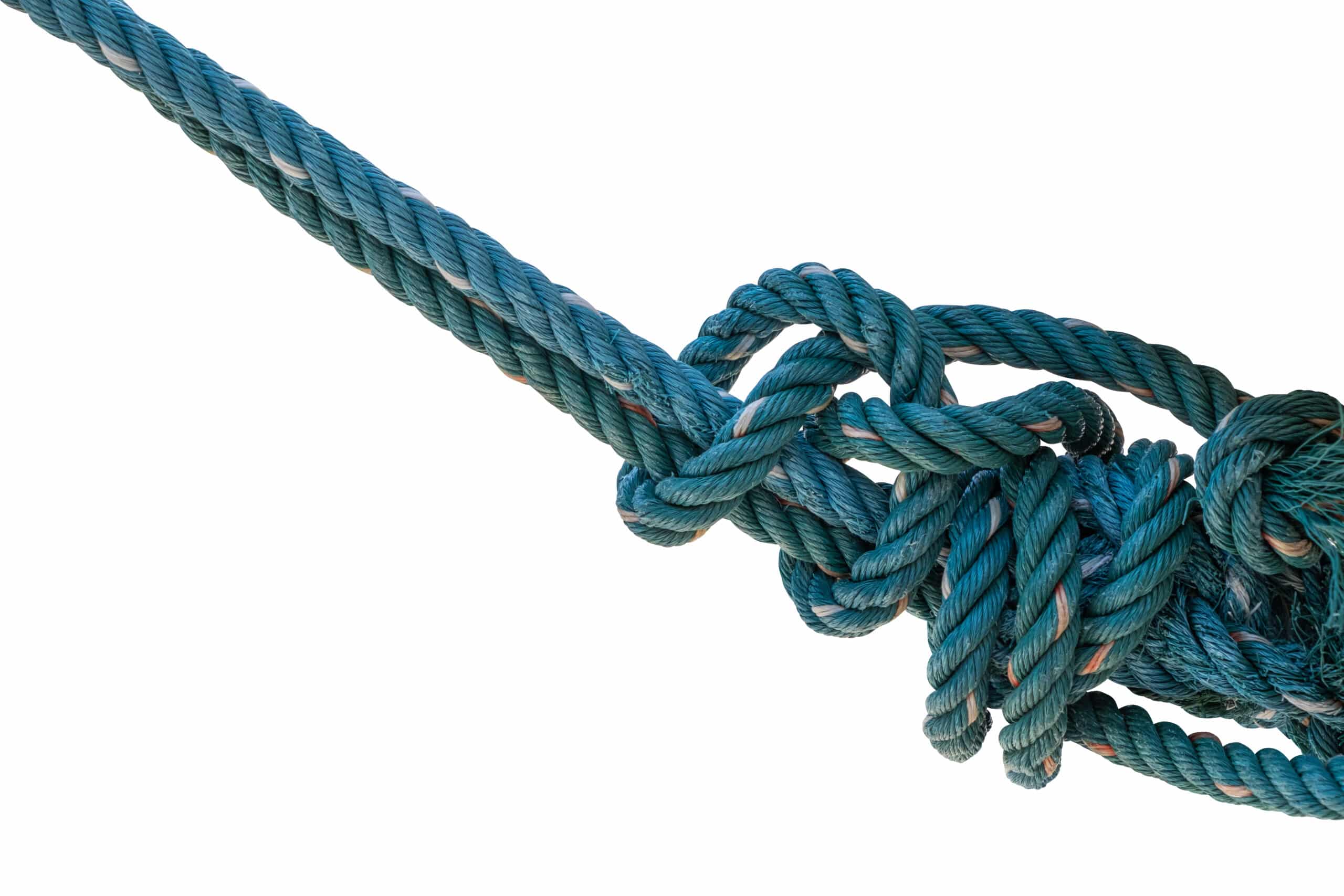Does the Palomar Knot Work with Monofilament?
Key Takeaways
- The Palomar Knot is a popular fishing knot known for its strength and reliability.
- The Palomar Knot can be used with monofilament fishing line due to its high friction properties.
- The Palomar Knot offers advantages such as simplicity, high line strength, and compatibility with slippery monofilament fishing line.
The Palomar Knot is a popular fishing knot known for its strength and reliability. Anglers around the world rely on this knot to secure their hooks and lures to their fishing line. But when it comes to using monofilament fishing line, does the Palomar Knot still hold up? Let’s explore this question in detail.
The Palomar Knot
Before we delve into the compatibility of the Palomar Knot with monofilament fishing line, let’s first understand what the Palomar Knot is. The Palomar Knot is a simple and effective knot that provides excellent strength. It is easy to tie and is known for its ability to maintain almost 100% of the line’s original strength. With these qualities, it has become a go-to knot for many anglers.
Compatibility with Monofilament Fishing Line
According to the information provided, the Palomar Knot can indeed be used with monofilament fishing line. The article on The Knots Manual confirms this fact. Monofilament fishing line is a popular choice among anglers due to its versatility and affordability. It is known for its strength and durability, making it suitable for various fishing techniques.
The article on Cast and Spear provides some valuable insights on using the Palomar Knot with monofilament fishing line. It recommends sticking with the traditional Palomar Knot when using monofilament fishing line due to its high friction properties. The Palomar Knot’s design allows it to grip the line tightly, reducing the chances of slippage or failure.
Advantages of the Palomar Knot
The Palomar Knot offers several advantages that make it a preferred choice for many anglers. Firstly, its simplicity makes it easy to tie, even for beginners. With a few simple steps, you can secure your hook or lure with confidence. Additionally, the Palomar Knot’s ability to maintain high line strength is a significant advantage. Anglers can trust that their knot will not fail when battling with a strong fish.
The high friction properties of the Palomar Knot also make it suitable for monofilament fishing line. Monofilament line can be slippery, especially when wet, but the Palomar Knot’s design counteracts this issue by providing a secure and reliable connection.
Conclusion
In conclusion, the Palomar Knot is indeed compatible with monofilament fishing line. Its high friction properties and ability to maintain line strength make it a reliable choice for anglers using monofilament line. Whether you are a beginner or an experienced angler, the Palomar Knot is worth considering for its simplicity and effectiveness.
Related Websites:
FAQs:
Q: What is the Palomar Knot?
The Palomar Knot is a popular fishing knot known for its strength and reliability. It is commonly used to secure hooks, lures, and swivels to the fishing line.
Q: How do you tie the Palomar Knot?
To tie the Palomar Knot, follow these simple steps:
1. Double 6 inches of the fishing line and pass the loop through the eye of the hook or lure.
2. Tie an overhand knot with the doubled line, creating a large loop.
3. Pass the hook or lure through the loop.
4. Moisten the knot and carefully tighten it, making sure it is secure.
Q: What are the benefits of using the Palomar Knot?
The Palomar Knot offers several benefits:
1. It has a high breaking strength, making it reliable for landing big fish.
2. It is easy to tie, even in low light or windy conditions.
3. The knot retains nearly 100% of the line’s original strength.
4. It is versatile and can be used with different types of fishing lines.
Q: Does the Palomar Knot work with monofilament line?
Yes, the Palomar Knot works effectively with monofilament line. Monofilament line is commonly used by anglers, and the Palomar Knot provides a strong and secure connection. However, it is important to wet the line before tightening the knot to prevent damage.
Q: Are there any alternative knots for monofilament line?
Yes, there are alternative knots that are commonly used with monofilament line. Some popular options include the Improved Clinch Knot and the Uni Knot. These knots have their own strengths and weaknesses, so it is worth experimenting to find the one that works best for you.






